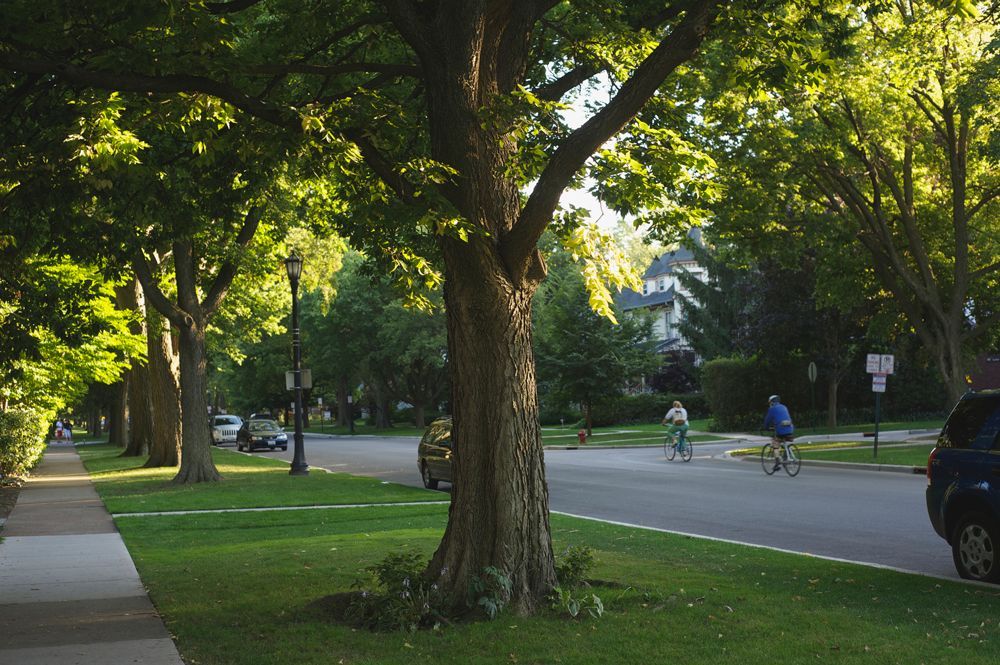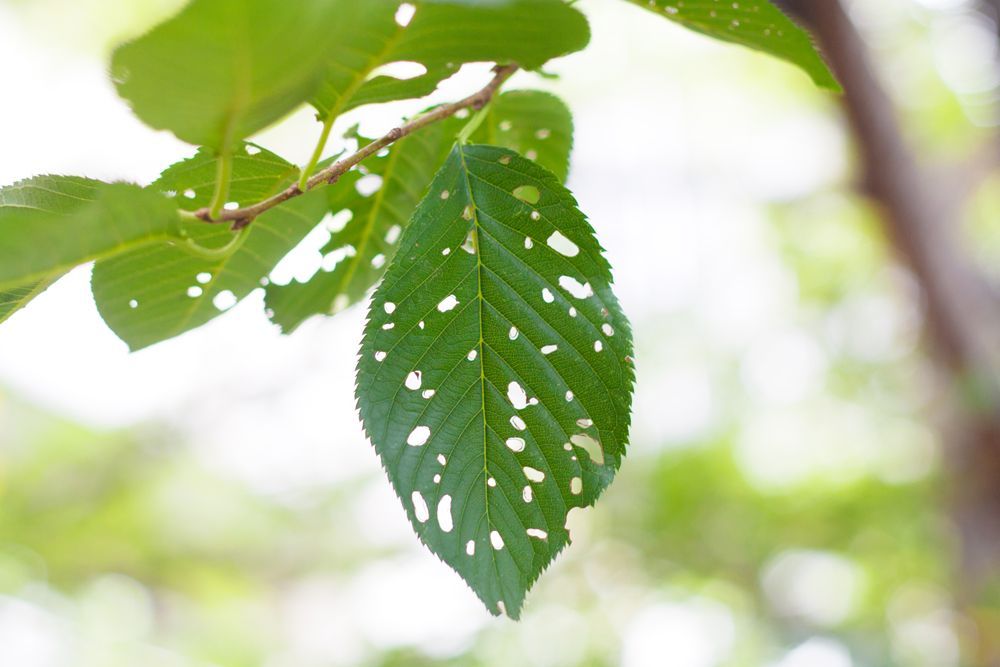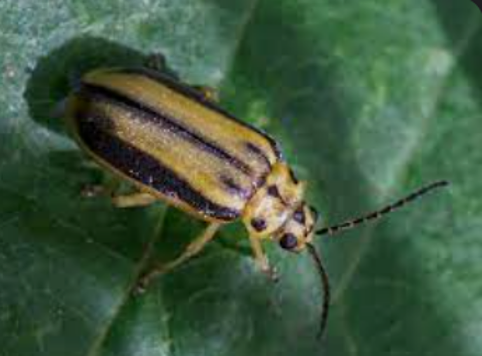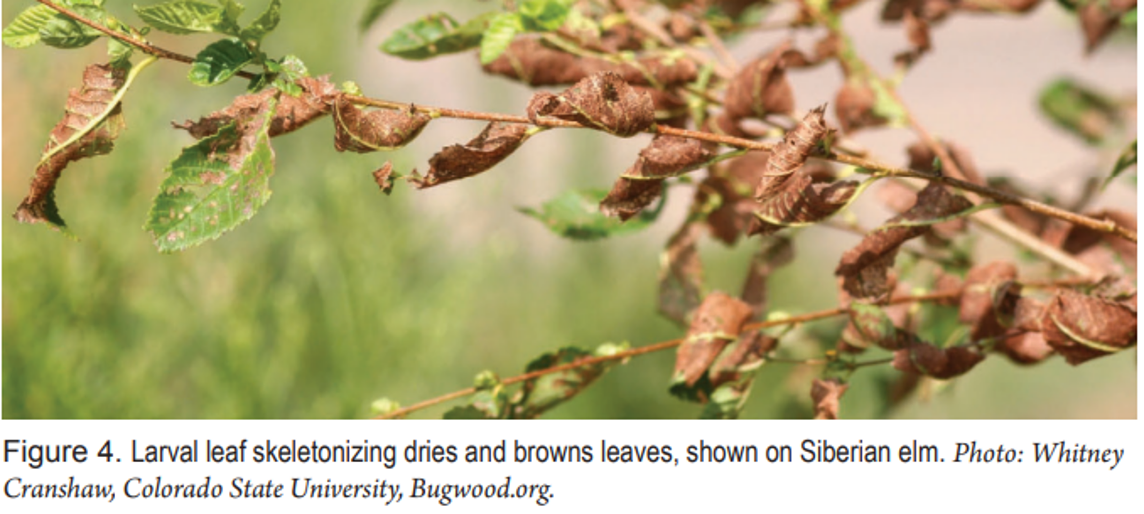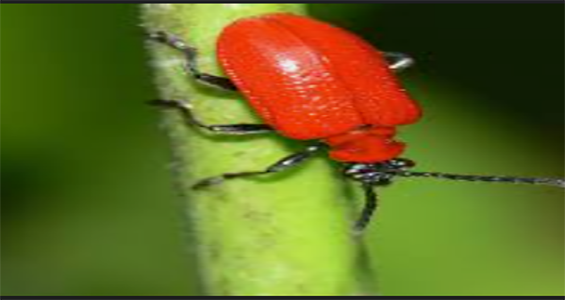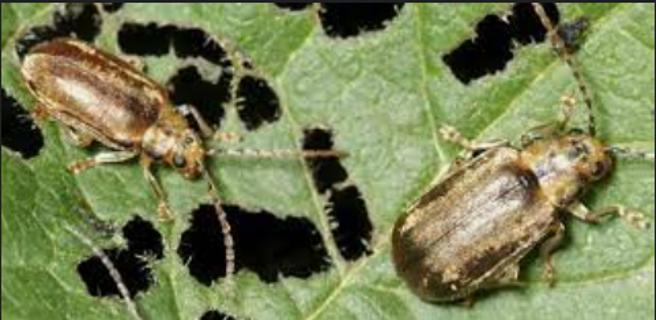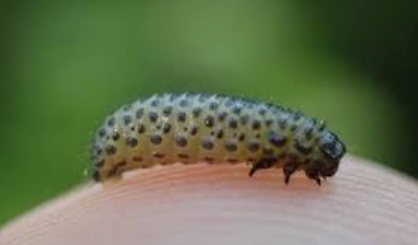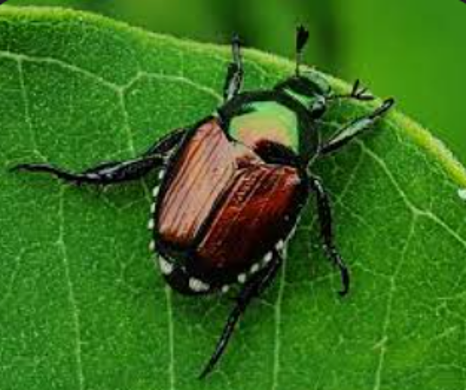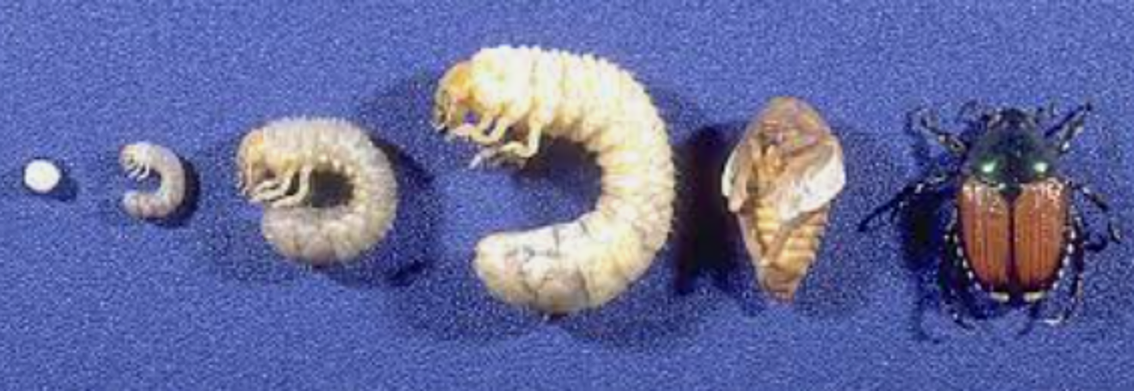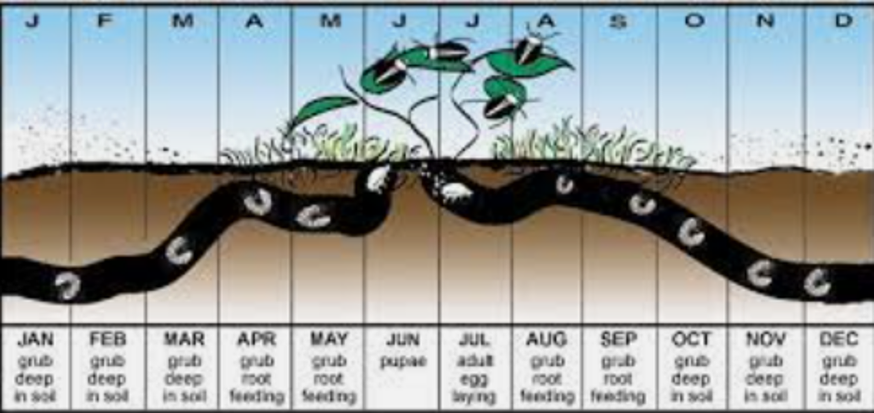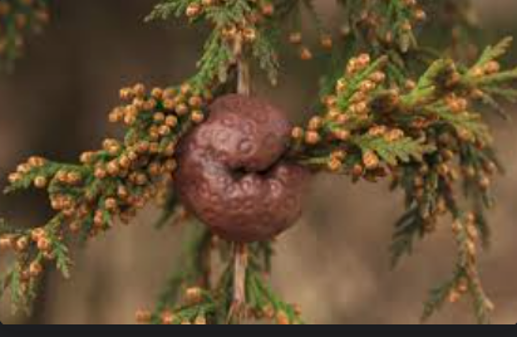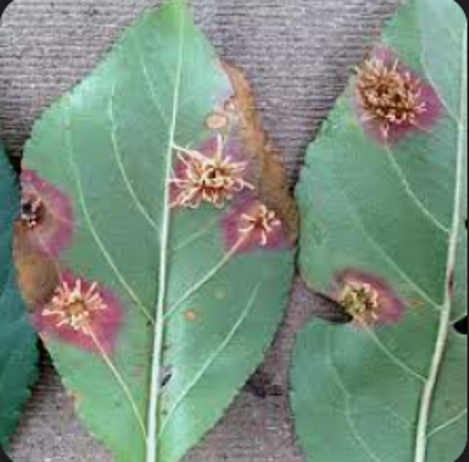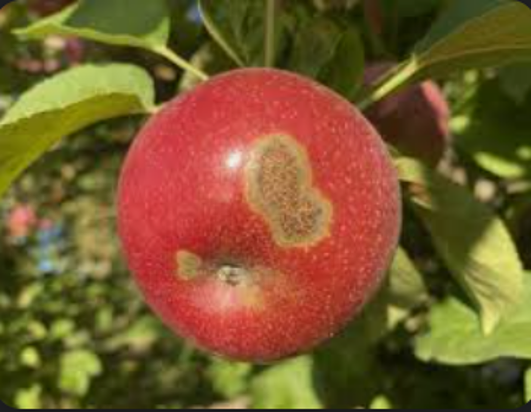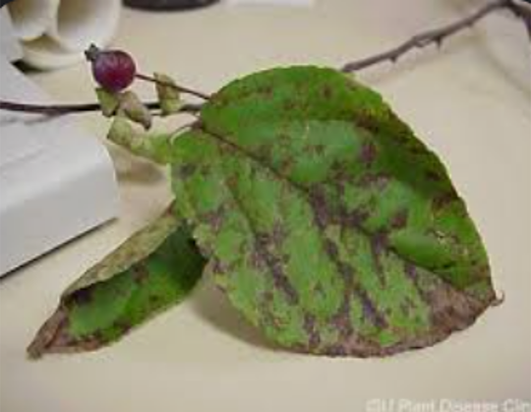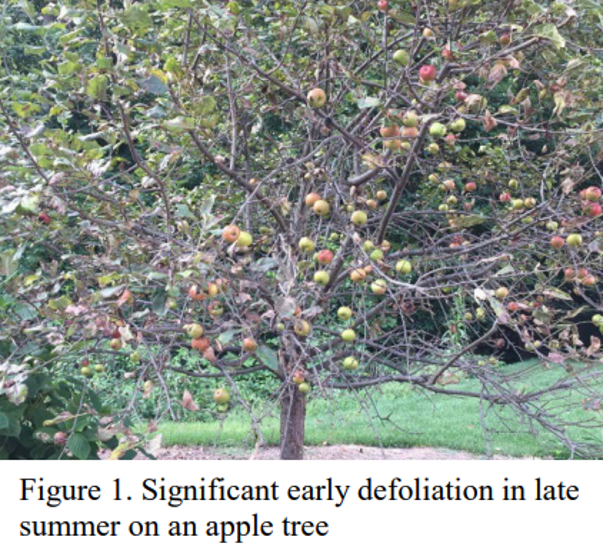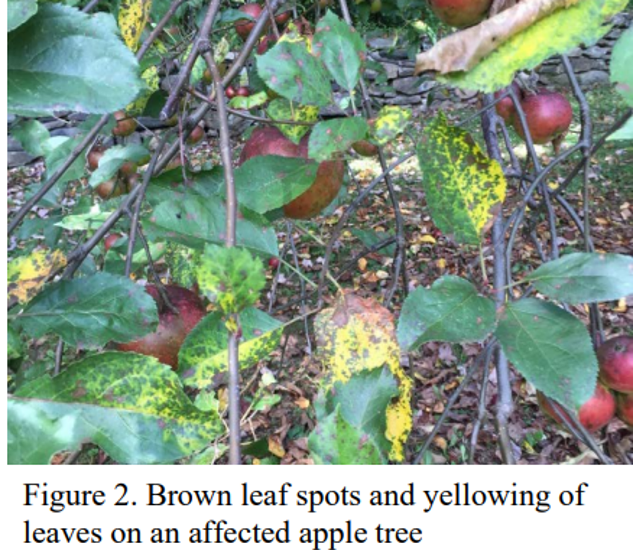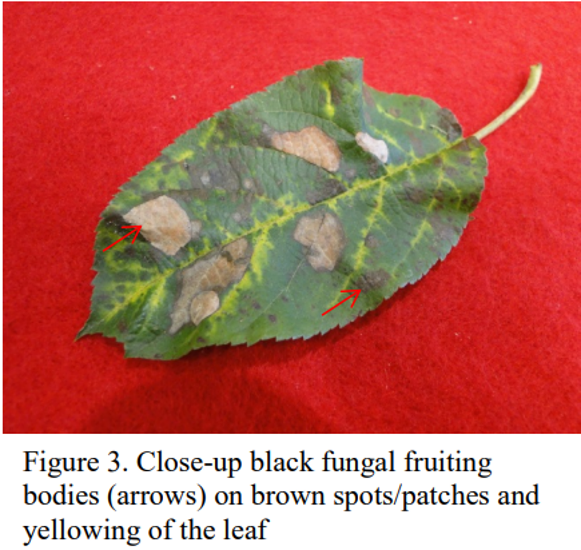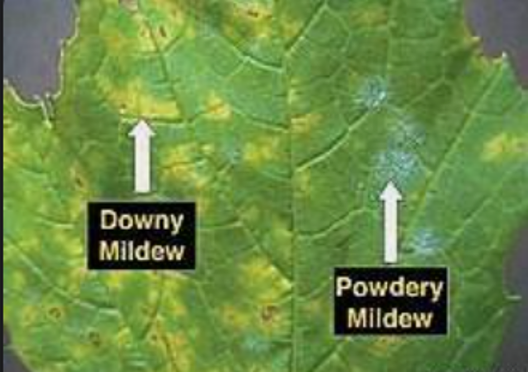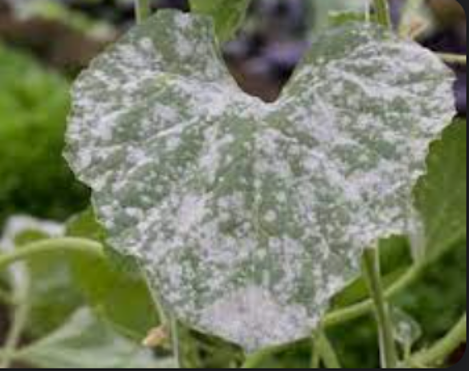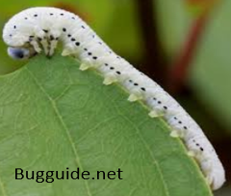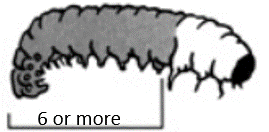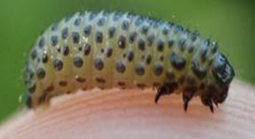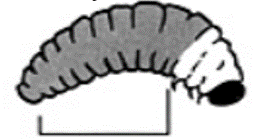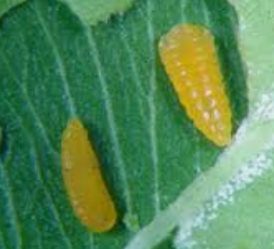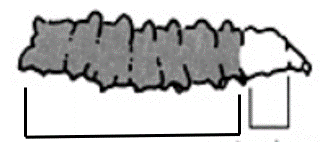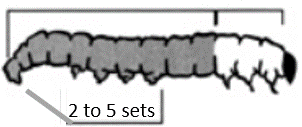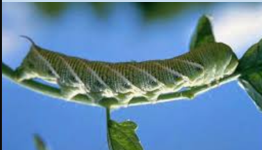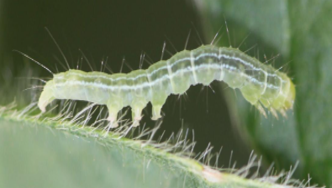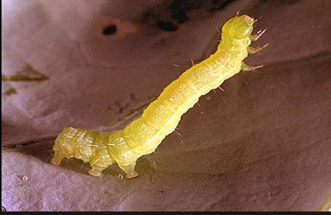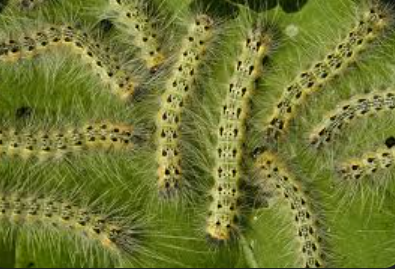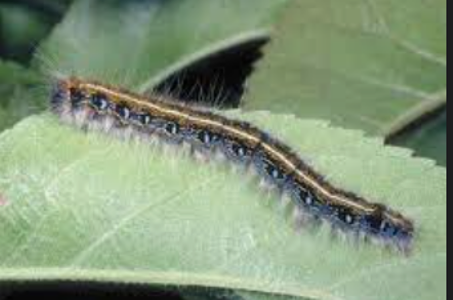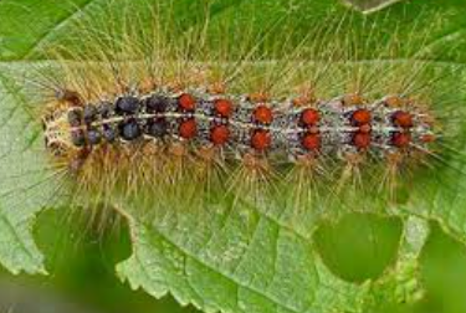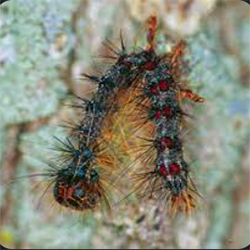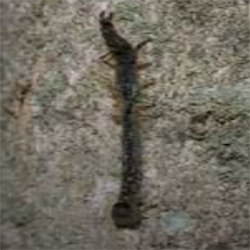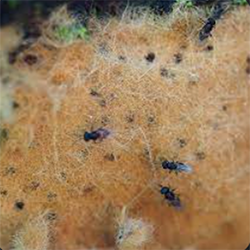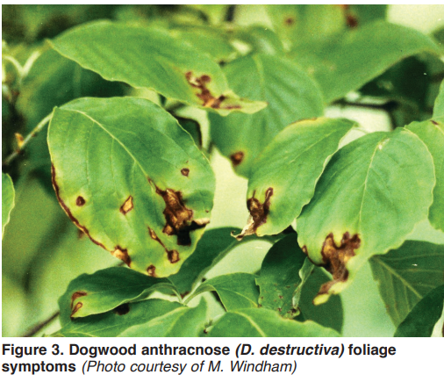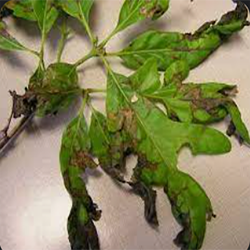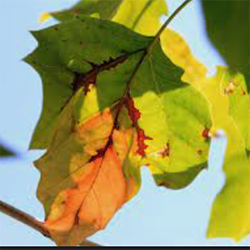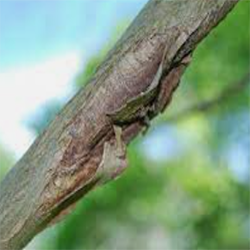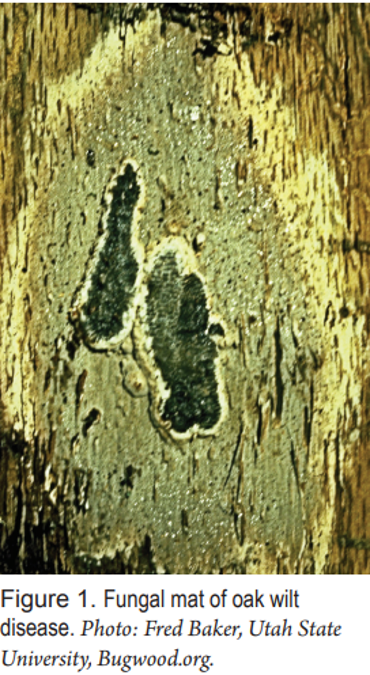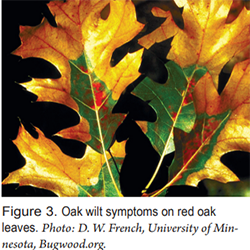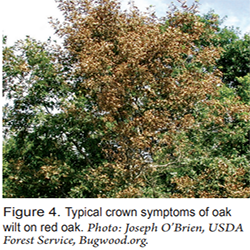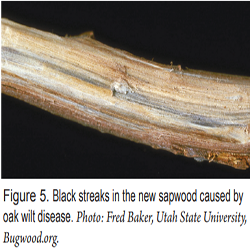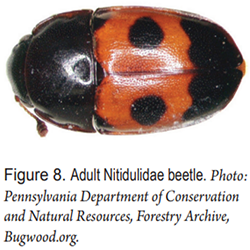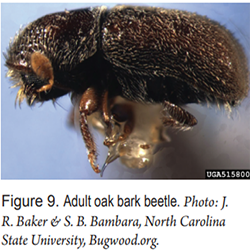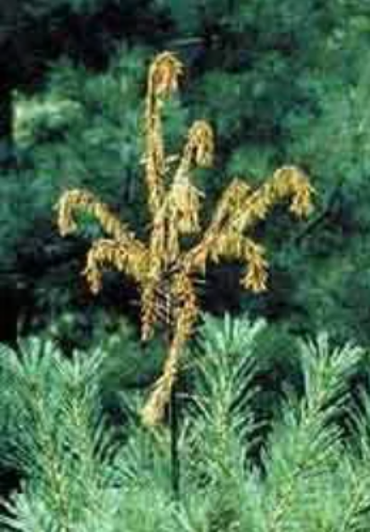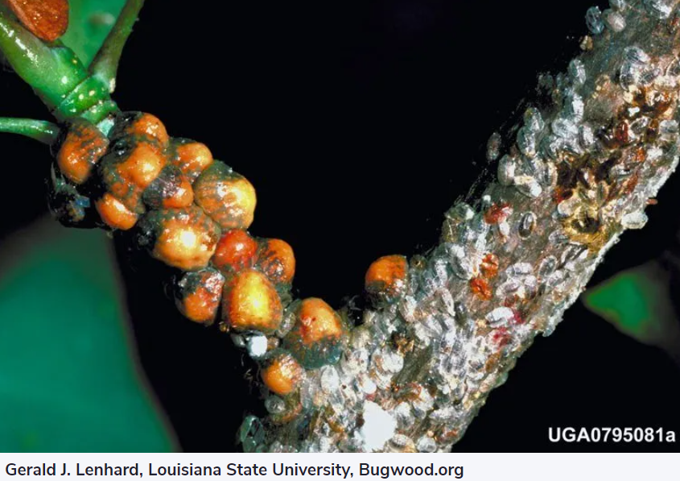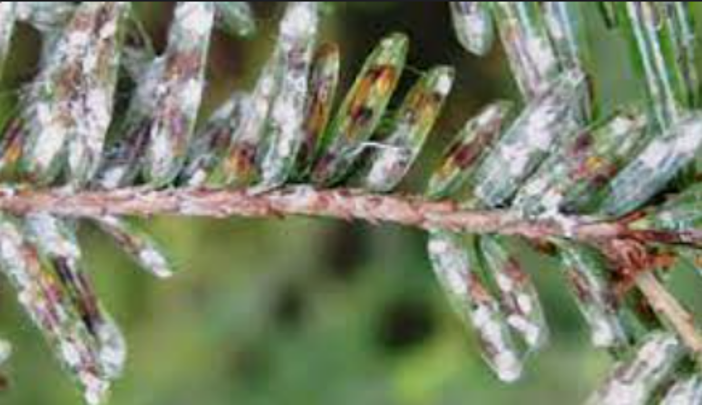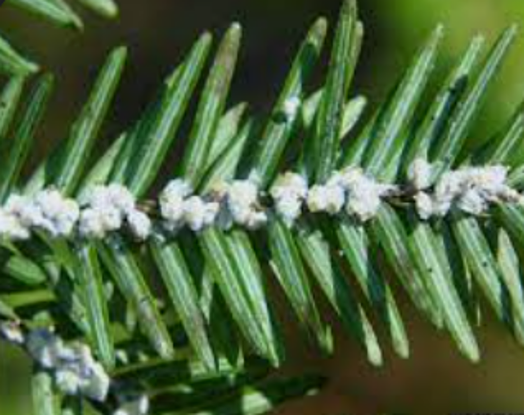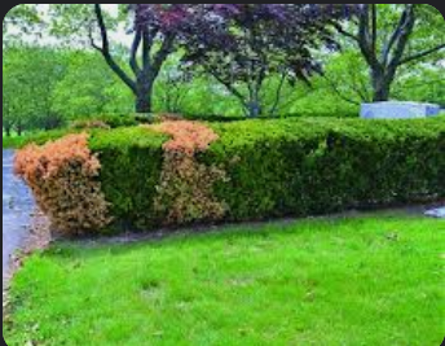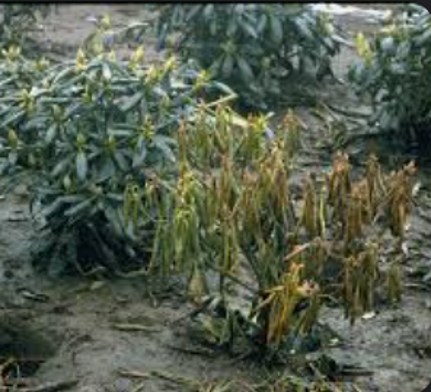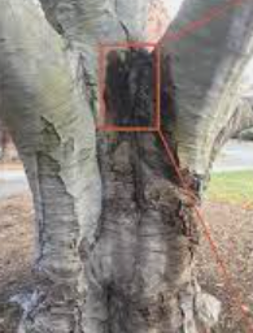Effective Insect Control for Healthy Tree
Insects and diseases can threaten tree health. As soon as you notice any abnormality in your tree's appearance, you should begin a careful examination of the problem. By identifying the specific symptoms of damage and understanding their causes, you may be able to diagnose the problem and select an appropriate treatment.
Diseases
Three things are required for a disease to develop:
- The presence of a pathogen (the disease-causing agent)
- Plant susceptibility to that particular pathogen
- An environment suitable for disease development
Plants vary in susceptibility to pathogens. Many disease-prevention programs focus on the use of pathogen-resistant plant varieties. Even if the pathogen is present and a susceptible plant host is available, the proper environmental conditions must be present over the correct period of time for the pathogen to infect the plant.
Diseases can be classified into two broad categories: those caused by infectious or living agents (diseases) and those caused by noninfectious or nonliving agents (disorders). Examples of infectious agents include fungi, viruses, and bacteria. Noninfectious diseases, which account for 70 to 90 percent of all plant problems in urban areas, can be caused by such factors as nutrient deficiencies, temperature extremes, vandalism, pollutants, and fluctuations in moisture. Noninfectious disorders often produce symptoms similar to those caused by infectious diseases; therefore, it is essential to distinguish between the two in order to give proper treatment.
Insects
Some insects can cause injury and damage to trees and shrubs. By defoliating trees or sucking their sap, insects can retard plant growth. Boring into the trunk and branches, they interfere with sap flow and weaken the tree structure. Insects may also carry some plant diseases. In many cases, however, the insect problem is secondary to problems brought on by a stress disorder or pathogen. It is important to remember that most insects are beneficial rather than destructive. They help with pollination or act as predators of more harmful species. Therefore, killing all insects without regard to their kind and function can actually be detrimental to tree health. Insects may be divided into three categories according to their method of feeding: chewing, sucking, and boring. Insects from each group have characteristic patterns of damage that will help you determine the culprit and the proper treatment. Always consult a tree care expert if you have any doubt about the nature of the insect problem or the proper treatment.
Chewing Insects
Chewing insects eat plant tissue such as leaves, flowers, buds, and twigs. Indications of damage by these insects are often seen by uneven or broken margins on the leaves, skeletonization of the leaves, and leaf mining. Chewing insects can be beetle adults or larvae, moth larvae (caterpillars), and many other groups of insects. The damage they cause (leaf notching, leaf mining, leaf skeletonizing, etc.) will help in identifying the pest insect.
Sucking insects insert their beak (proboscis) into the tissues of leaves, twigs, branches, flowers, or fruit and then feed on the plant's juices. Some examples of sucking insects are aphids, mealybugs, thrips, and leafhoppers. Damage caused by these pests is often indicated by discoloration, drooping, wilting, leaf spots (stippling), honeydew, or a general lack of vigor in the affected plant.
Boring Insects
Boring insects. All pests in this category spend time feeding somewhere beneath the bark of a tree as larvae. Some borers kill twigs and leaders when adults feed or when eggs hatch into larvae that bore into the stem and develop into adults. Other borers, known as bark beetles, mate at or near the bark surface, and adults lay eggs in tunnels beneath the bark.
Treatment
The treatment method used for a particular insect or disease problem will depend on the species involved, the extent of the problem, and a variety of other factors specific to the situation and local regulations. Always consult a professional if you have any doubt about the nature of the problem or proper treatment.
City skyline
City skyline
City skyline
City skyline
City skyline
3 things are needed for an Abiotic disease to occur; a Causal agent (or lack there of), a susceptible host, and a suitable environment.
Causal Agent
Anaerobic respiration
Fertility issues, Nutrient deficiencies
Nutrient excess
Pesticides
Chemical injury
Mechanical injury
Air pollution
Water
Human actions, ex: cut roots
Abiotic
DISEASE
Disease is
defined as a
constant or
persistent
state of
ill health
Host
Species:
Susceptibility
Growth Stage
Growth Habit
Population Density
Overall, Health
Environment
Temperature
Rain or Drought (Amount & Time), excess water
Humidity
Soil, Physical & Chemical Properties, compaction
Wind
Fertility
Sun, shade
3 things are needed for disease to occur; an infectious Pathogen, a susceptible Host, and a suitable Environment
Pathogen
Fungi (cause 80% of all plant disease)
Bacteria
Viruses
Viroids
Nematodes
Phytoplasmas
Biotic
DISEASE
Disease is
defined as a
constant or
persistent
state of
ill health
Host
Susceptibility
Growth Stage
Growth Habit
Population Density
Overall Health
Environment
Temperature
Rain or Drought (Amount & Time)
Humidity
Soil, Physical & Chemical Properties
Wind
Fertility
City skyline
City skyline
City skyline
Don't let pesky insects harm your trees! Reach out to Bob's Tree Service at (203) 262-8723 to protect your trees from infestations. Let us help your trees stay pest-free
